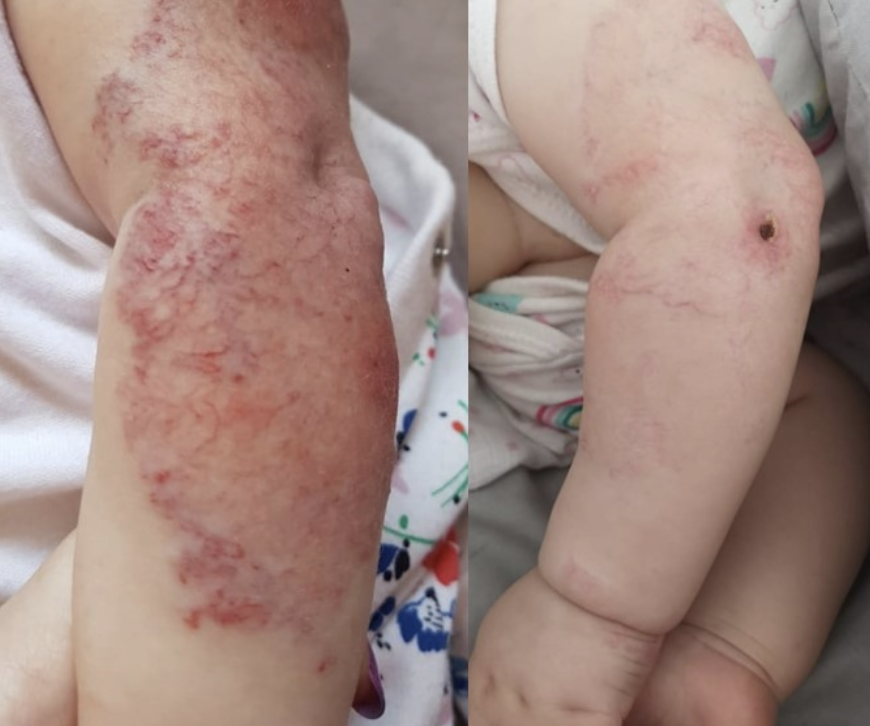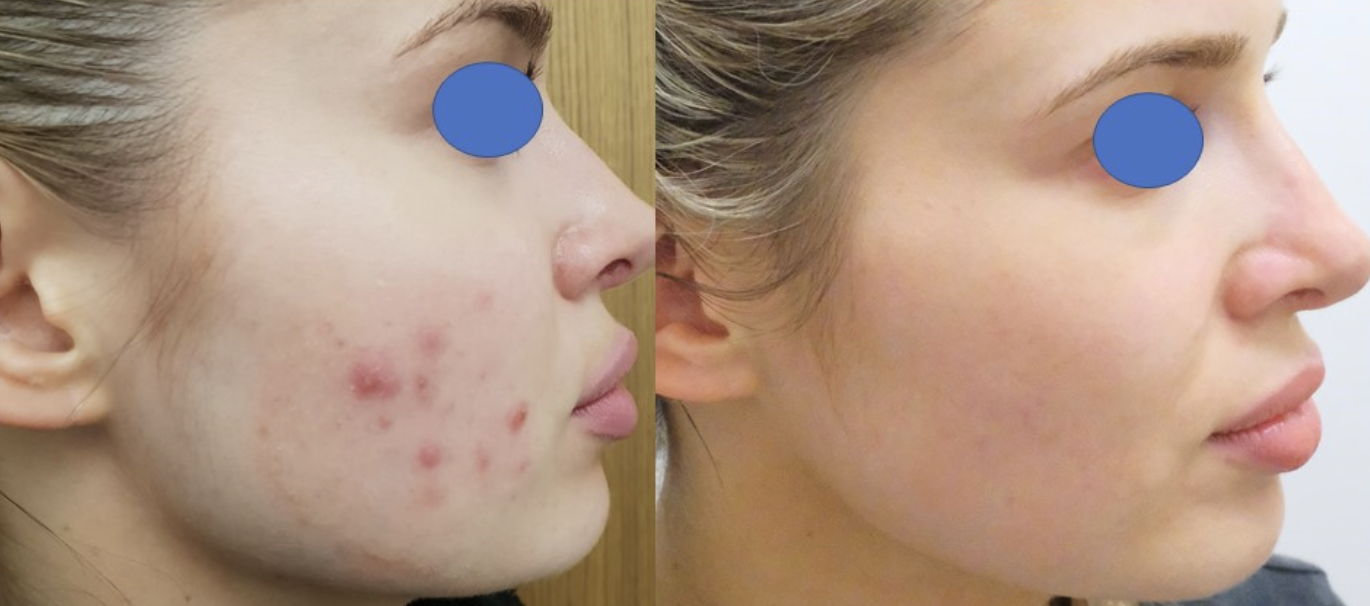Wart Removal
Treatment
Warts are common skin lesions that result from a viral infection with the human papilloma virus (HPV). There are many different types of the virus and many different clinical forms of warts. Warts are also called verruca and these terms are interchangeable. There are different types of warts such as common warts, plantar wart (on the soles of the feet), Plane warts (flat topped), filiform warts (spiky), and mucosal warts (in the inner lips or nostrils).
Warts are common and may not necessarily indicate a defect in the immune system although people with compromised immune system are likely to get more extensive warts.
There are a number of treatments available for wart removal and these depend on the type and location of the wart. These treatments include topical therapy, cryotherapy, curettage and cautery, immunotherapy and laser wart removal.
Topical therapy with salicylic acid is one of the cheapest and commonest treatments for common warts with a good degree of success if used correctly. It is advised to soak the wart in lukewarm water for 15 minutes then to pare it down with a pumice stone or emery board (particularly if thick) then to apply the salicylic acid and cover the area with a plaster or if in the soles of the feet with a cling film. This process can be repeated everyday or alternate days until clearance of the wart. This can take up to 3 months depending on the site and thickness of the wart.
Cryotherapy is performed using cold liquid nitrogen spray which essentially is freezing of the cells that leads to destruction of the wart which is found in the upper part of the skin called the epidermis. Usually a few sessions are required for clearance of thicker or larger warts.
Curettage or shave method is highly effective for filiform warts particularly on the lips or cheeks as they can offer rapid clearance.
Laser treatment is highly effective in warts and includes either a vascular laser or an ablative laser such as the carbon dioxide laser. The choice depends on the wart and the treatment is usually highly effective.
Professor Firas Al-Niaimi has published on the treatment of warts with laser and the publication can be found in the publications section of the website.
FAQs
This largely depends on the type of wart and the assessment done during the consultation. Warts on hands and feet are mostly treated with laser.
It depends but in some cases using a salicylic acid on the wart for a couple of weeks can improve the success of the laser treatment. This can be discussed during the consultation.
Unfortunately yes as the genetic material of the virus remains in our skin and there is always the risk of recurrence.
In general the recovery is of few days of superficial wound which in most cases heals uneventfully.








